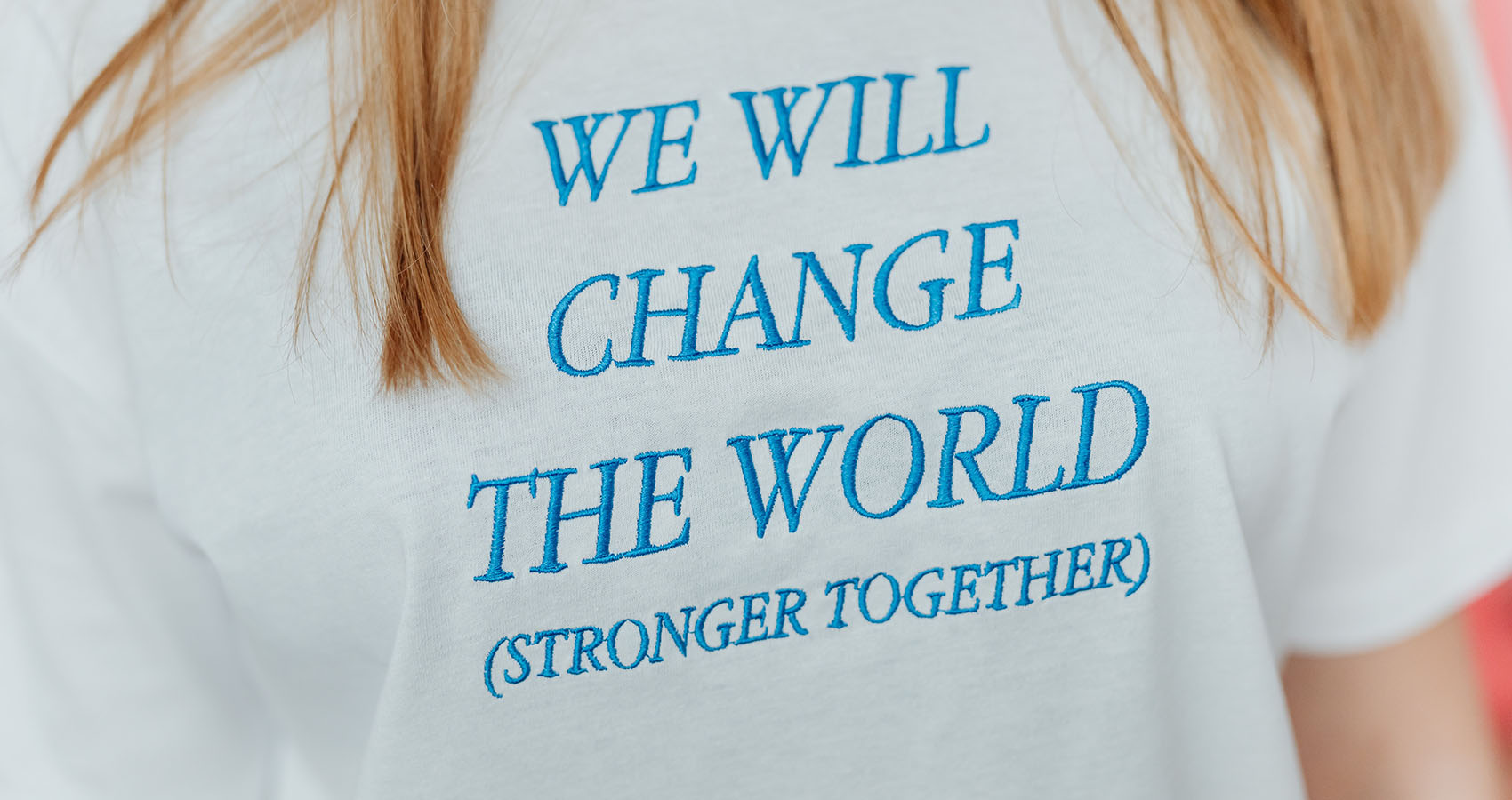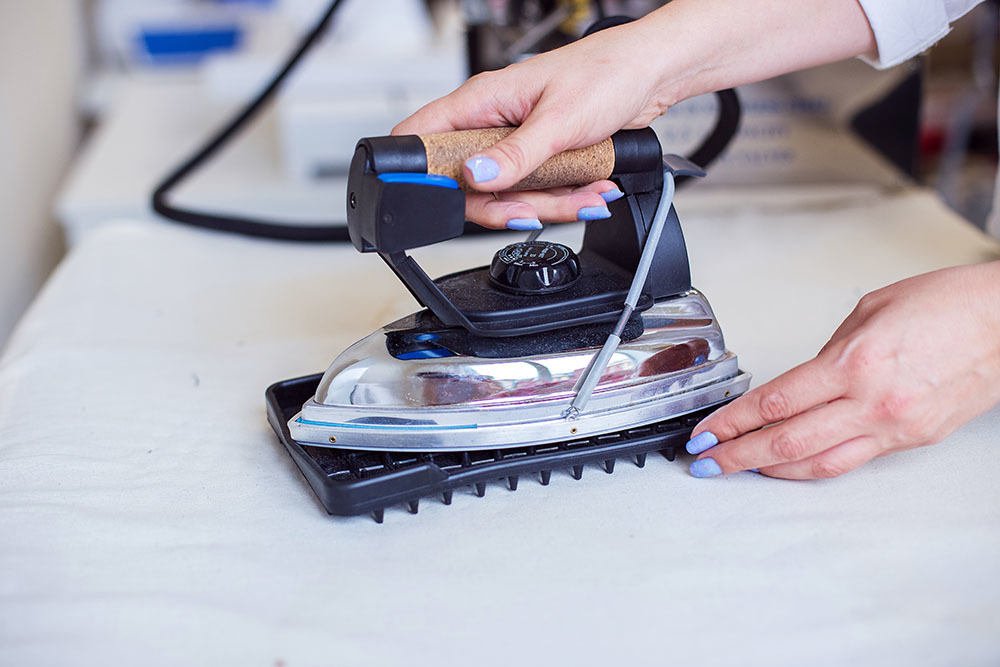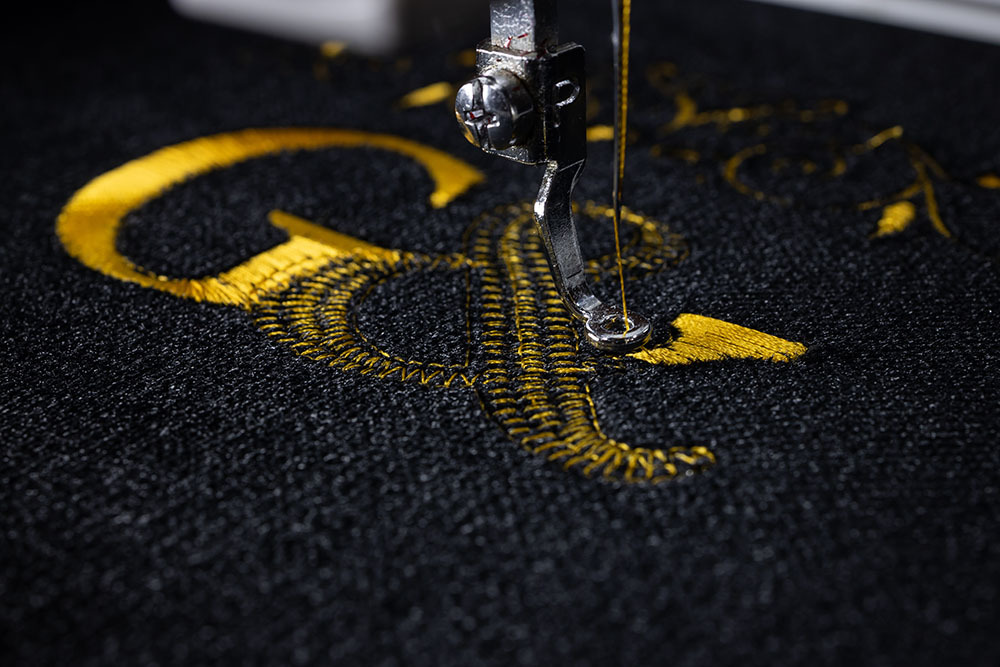
How To Keep Embroidered Clothing In Good Condition
Embroidery is a timeless craft of creating images on fabric through needle and thread. Clothing and accessories with embroidery are still in fashion today with intricate detailing that needs special care. However, washing can ruin exquisite embroidery if done incorrectly. You can maintain embroidered fabrics in various ways. Here are some additional suggestions for preserving the quality of your embroidered garments over time.
1. Handwash Embroidered Clothes
While it's not always convenient, it’s recommended to handwash embroidered clothing and other embroidery gift ideas. It’s worth noting that handwashing is gentler on the stitches, as it helps increase the longevity of the embroidery. Moreover, it's also best to use mild detergent and cold water and place them in a wash tub for 20 minutes before washing. Look for stains or dirty patches and rub them gently, but avoid rubbing against the needlework. To further help you, here are other ways to clean your embroidered clothing by hand:
- Use White Vinegar On Stains
If the stain is on the embroidery, use white vinegar and a white cleaning cloth. Dab the white cloth with vinegar on the stain, but don't rub. Mix two tablespoons of liquid detergent solution and three tablespoons of distilled white vinegar in one liter of warm water for dried stains. If the stain is on the embroidery, you may have to rub it but do it gently. Then, rinse with clean water and air dry.
- Salt Against Blood Stains
Blood could've dripped on your unfinished work if you had pricked a finger in the middle of needlework. Blood can be difficult to remove; thus, it is necessary to soak the affected area of the garment or fabric in cold water containing dissolved salt. You can also use white vinegar as an alternative by dabbing a white cloth to remove both the stain and the smell.
- Lemon Juice
You can use fresh or bottled lemon juice to remove ink on the fabric. Slicing a lemon and gently rubbing on the embroidery can help.
Likewise, if you've left a piece of the needle on the fabric for a long time and it has rusted, you can also use lemon juice to remove rust stains. You can do this by laying the embroidery on paper towels with the stained side down. Use half a lemon, squeeze the juice onto the stained area, and leave it to dry under the sun. Then wash in clean water gently.
If the stain is away from the embroidery, focus on the stained area alone as much as possible. However, if the stain is on the embroidery, you will need to rub it with less pressure.

2. Machine Washing
Embroidered clothing is machine washable as long as you're careful with how to do it. Machine washing risks pulling or breaking the embroidery thread, but these tips can help you preserve the quality of your needlework.
- Embroidered clothes or fabrics are ideally washed without buttons or zippers, but if that's impossible, at least undo the buttons and fasten the zippers.
- If you're washing clothes, turn them inside out.
- Use the cold wash setting if you're washing embroidery with bright and vivid colors to prevent them from bleeding.
- Use a mild detergent without stain-removing ingredients.
- Wash embroidery in a pillowcase to reduce the risk of damage.
- Use a low spin cycle setting.
It's also best to avoid using the dryer for the embroidered clothing, as it could risk shrinking and distorting the needlework. In the worst-case scenario, it can undo the thread.
3. Check For Color Fastness
Before washing the clothing, check the colorfastness of the embroidery. Colorfastness is the material's ability to resist changes in its characteristics. The color won't bleed onto the surrounding area of the fabric if the colorfastness is resistant to fading or running.
For small designs, get a clean cotton swab wet with water, and brush it on each color of the thread. If the cotton is showing color, professional cleaners should handle the cleaning.
On the other hand, for larger designs, use a clean cloth and wet them with cold water. Rub it over each thread color. If the color transfers to the cloth, do the same with the small designs and have them professionally cleaned instead.

4. Iron Embroidered Clothing Inside-Out
When ironing embroidered items, turn them inside out or iron the reverse side to protect the design. Remember that it may weaken the stitching or cause fraying with high temperatures. Ironing directly on the design can distort the shape; therefore, if the garment has an embroidered logo on the front, iron the logo on the back instead.
You may also use a sandwiching technique to protect your embroidered clothing from going flat. Get a fluffy towel or one made of flannel, a pillowcase, or a clean sheet. Place the flannel on the ironing board, put the embroidered area facedown, and then cover it with linen or cotton fabric before ironing.
5. Avoid Folding The Design
Use a hanger to hang your embroidered clothes to protect the design. Avoid folding the embroidered logo or design if you have to fold them in a drawer or a suitcase. You'd want to avoid stretching the thread.
6. Use Vacuuming
If you find that the embroidery looks dull, you can start by vacuuming the embroidery. You can use a nylon stocking to cover the vacuum hose when cleaning. Hold the vacuum hose just above the embroidery. If the garment has a strong odor or stubborn stains, you must immediately launder it. However, if the item is of high value or rare, it would be best to take them to a professional dry cleaner.
Following these instructions can help preserve the longevity of your embroidered clothing. Even if you need to wash them repeatedly, there is a good likelihood that you can preserve their color and quality if you take a systematic approach to their care.
Takeaway
Following the proper hand and machine-washing procedures, embroidered garments can be maintained in good condition. You can also test for colorfastness to see if they would fare well with professional cleaning without using dry cleaning chemicals. Moreover, it's also best to iron embroidered areas at the back to prevent weakening the stitching. Lastly, it's best to hang it in a closet or avoid folding it, so the pattern is manageable while not in use. Follow these maintenance guidelines to keep your embroidered clothing looking great for as long as possible.











